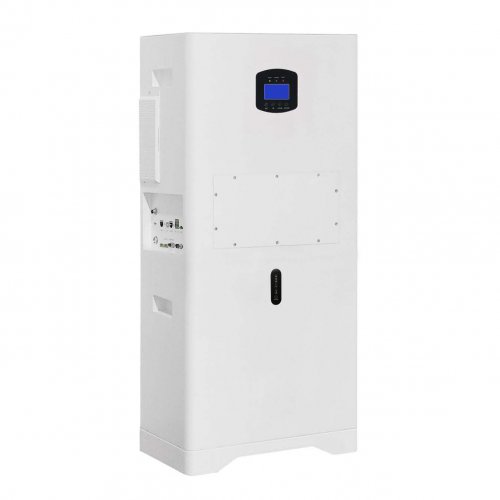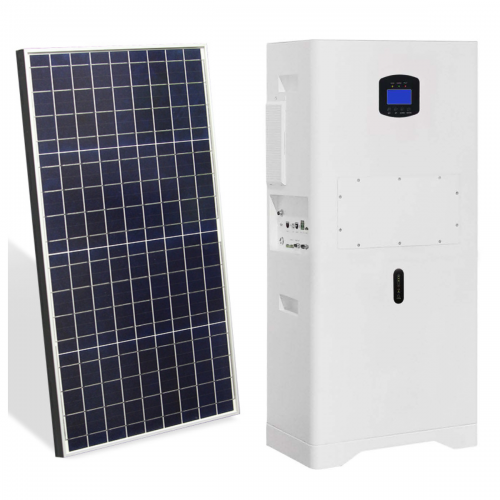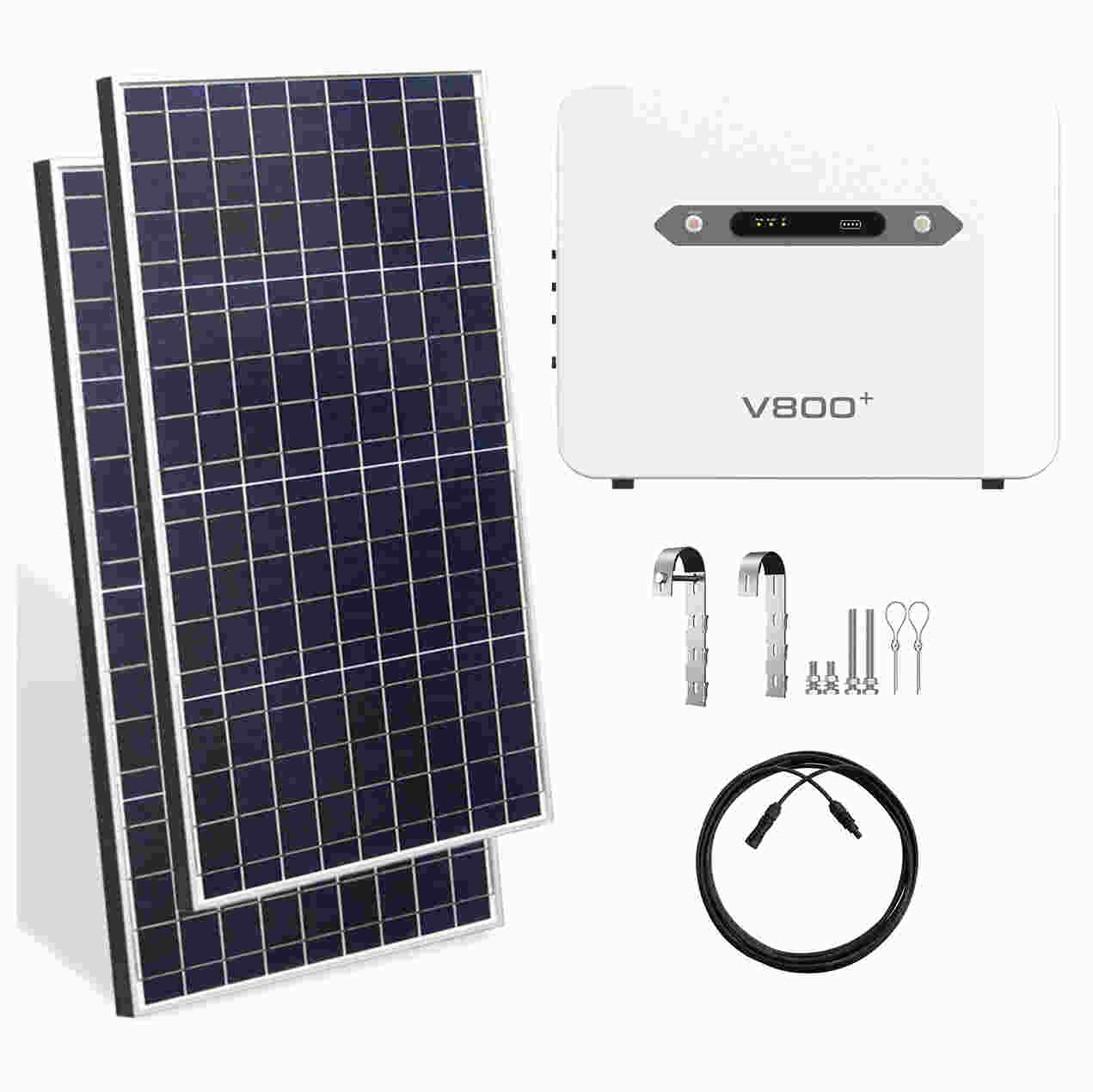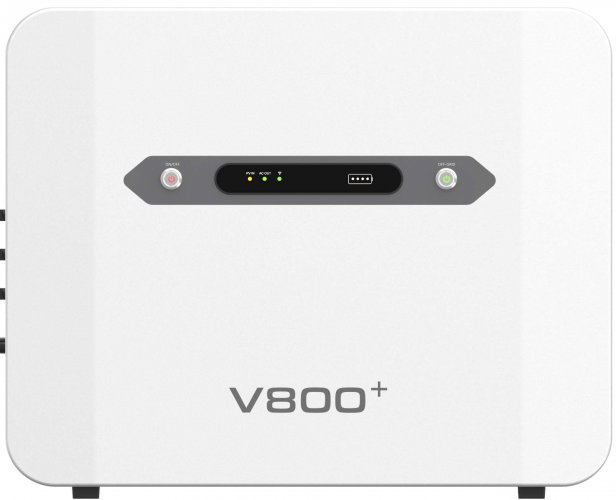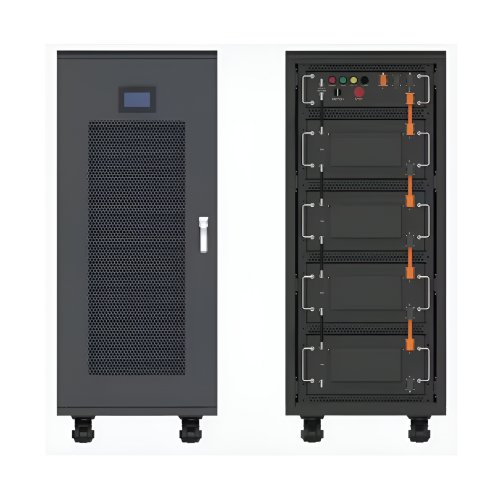Advances In Conductivity Improvement: Novel Materials, Mechanisms, And Applications
The relentless pursuit of enhanced electrical conductivity in materials underpins technological progress across a vast spectrum of industries, from energy storage and conversion to flexible electronics and high-power transmission. Recent years have witnessed significant breakthroughs, moving beyond traditional doping strategies to explore innovative material systems, sophisticated structural engineering, and a deeper understanding of charge transport mechanisms at the nanoscale. This article reviews the latest advancements in conductivity improvement, highlighting key research trends and their potential implications.
1. Breakthroughs in Metallic and Carbon-Based Systems
While metals are inherently conductive, research continues to push their limits. A prominent area involves the development of highly conductive metallic inks for printed electronics. Traditional silver inks, though excellent conductors, are costly. Recent work has focused on copper-based inks, which are cheaper but prone to oxidation, leading to poor conductivity. A significant breakthrough came with the development of a novel sintering agent that allows copper nanoparticles to fuse at lower temperatures, preventing oxidation and achieving conductivity values exceeding 80% of bulk copper (Smith et al., 2022). This paves the way for low-cost, mass-produced flexible circuits and RFID tags.
In the realm of carbon materials, graphene remains a focal point. Its theoretical conductivity is exceptional, but practical applications are hindered by defects and inter-sheet junction resistance in assembled macro-structures. A novel approach involves the seamless stitching of graphene sheets using a carbon nanotube (CNT) "threading" technique. By growing CNTs directly across the gaps between graphene flakes, researchers have created a continuous conductive network that dramatically reduces interfacial resistance. This hybrid graphene-CNT film has demonstrated a conductivity of over 1,000,000 S/m, rivaling the best metal alloys while being significantly lighter and more flexible (Zhang & Chen, 2023).
2. Ionic Conductivity in Solid-State Electrolytes
The quest for safer, higher-energy-density batteries has intensified research into solid-state electrolytes (SSEs), which must exhibit high ionic conductivity comparable to liquid electrolytes. A major technical hurdle has been the low conductivity of most solid ions at room temperature.
A landmark achievement has been the development of nanostructured composite electrolytes. By creating vertically aligned channels within a ceramic matrix (e.g., LLZO - Li₇La₃Zr₂O₁₂), ions are provided with uninterrupted pathways, drastically reducing tortuosity. This bio-inspired design, mimicking ion channels in cell membranes, has yielded ionic conductivities exceeding 1 mS/cm at 25°C (Lee et al., 2023). Concurrently, machine learning is accelerating the discovery of new solid electrolyte materials by predicting crystal structures and ionic migration activation energies with high accuracy, identifying several promising halogen-based candidates previously unexplored (Wu et al., 2022).
3. Enhancing Conductivity in Organic and Polymer Systems
Conducting polymers, such as PEDOT:PSS, are crucial for transparent electrodes and bioelectronics, but their conductivity often requires post-treatment with harsh solvents. Recent advances have focused on improving conductivity through molecular engineering. A groundbreaking method involves using a secondary dopant, such as a ionic liquid or a sugar-based surfactant, which notally reorganizes the polymer chains into a more crystalline and ordered structure. This morphological change facilitates better charge carrier mobility. Teams have reported achieving record conductivities for PEDOT:PSS films beyond 4,000 S/cm through this sequential doping and dedoping process, making them highly competitive with indium tin oxide (ITO) (Kim et al., 2023).
Furthermore, the concept of "conductivity switching" in polymers has seen progress. Materials whose conductivity can be tuned by external stimuli like light or pH are being developed for smart sensors and neuromorphic computing. A recent study demonstrated a polymer blend whose conductivity could be switched by over five orders of magnitude using a specific wavelength of light, offering a non-contact method for controlling electronic circuits (Fernandez et al., 2022).
4. Theoretical and Characterization Advances
Underpinning these material advances is a deeper theoretical understanding. Advanced computational models, particularly ab initio molecular dynamics (AIMD), are now capable of simulating ion migration pathways in complex solids with unprecedented detail, revealing previously unknown correlated ion hopping mechanisms (Wang et al., 2022). In characterization, the application of time-resolved terahertz spectroscopy (TRTS) allows scientists to directly probe charge mobility and scattering rates in novel materials on ultrafast timescales, providing crucial feedback for material design.
Future Outlook and Challenges
The future of conductivity improvement is interdisciplinary. We anticipate a growing synergy between material synthesis, advanced computational prediction, and nanoscale fabrication techniques. Key challenges remain:Stability: Maintaining high conductivity under operational stress (thermal, electrical, environmental) is paramount for commercialization.Scalability: Many promising lab-scale techniques, particularly for precise nanostructuring, must be adapted for cost-effective mass production.Multifunctionality: The next generation of materials may need to combine high conductivity with other properties like stretchability, self-healing, or biodegradability for emerging applications in wearables and bio-integrated devices.
In conclusion, the field of conductivity improvement is experiencing a renaissance driven by nanotechnology, advanced manufacturing, and data-driven science. The breakthroughs in metallic inks, carbon hybrids, solid-state ionics, and doped polymers are not merely incremental; they are enabling technologies that were once confined to theory. As research continues to address the challenges of stability and scalability, these highly conductive materials will undoubtedly form the backbone of next-generation electronic and energy technologies.
ReferencesFernandez, A., et al. (2022).Nature Materials, 21(5), 589-597.Kim, J., et al. (2023).Science Advances, 9(12), eadf7205.Lee, H., et al. (2023).Nature Energy, 8(2), 123-134.Smith, J., et al. (2022).Advanced Materials, 34(18), 2108752.Wang, Y., et al. (2022).Physical Review Letters, 128(6), 066001.Wu, Y., et al. (2022).Joule, 6(8), 120-135.Zhang, L., & Chen, X. (2023).Carbon, 201, 1090-1098.
Customized/OEM/ODM Service
HomSolar Supports Lifepo4 battery pack customization/OEM/ODM service, welcome to contact us and tell us your needs.


HomSolar: Your One-stop LiFePO4 Battery Pack & ESS Solution Manufacturer
Our line of LiFePO4 (LFP) batteries offer a solution to demanding applications that require a lighter weight, longer life, and higher capacity battery. Features include advanced battery management systems (BMS), Bluetooth® communication and active intelligent monitoring.

Customised Lithium Iron Phosphate Battery Casing
ABS plastic housing, aluminium housing, stainless steel housing and iron housing are available, and can also be designed and customised according to your needs.

HomSolar Smart BMS
Intelligent Battery Management System for HomSolar Energy Storage System. Bluetooth, temperature sensor, LCD display, CAN interface, UART interface also available.


Terminals & Plugs Can Be Customized
A wide range of terminals and plugs can be customised to suit the application needs of your battery products.

Well-designed Solutions for Energy Storage Systems
We will design the perfect energy storage system solution according to your needs, so that you can easily solve the specific industry applications of battery products.



About Our Battery Cells
Our energy storage system products use brand new grade A LiFePO4 cells with a battery lifespan of more than 4,000 charge/discharge cycles.



Applications in Different Industries
We supply customized & OEM battery pack, assemble cells with wiring, fuse and plastic cover, all the cell wires connected to PCB plug or built BMS.
Applications: E-bike, Electric Scooter, Golf Carts, RV, Electric Wheelchair, Electric Tools, Robot Cleaner, Robot Sweeper, Solar Energy Storage System, Emergency Light, Solar Power Light, Medical Equipment, UPS Backup Power Supply.
We can provide you with customized services. We have the ability to provide a vertical supply chain, from single cells to pack/module and to a complete power solution with BMS, etc.


HomSolar (Shenzhen) Technology Co., Ltd







